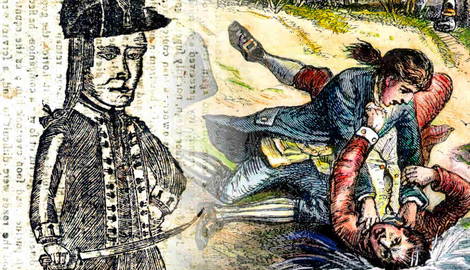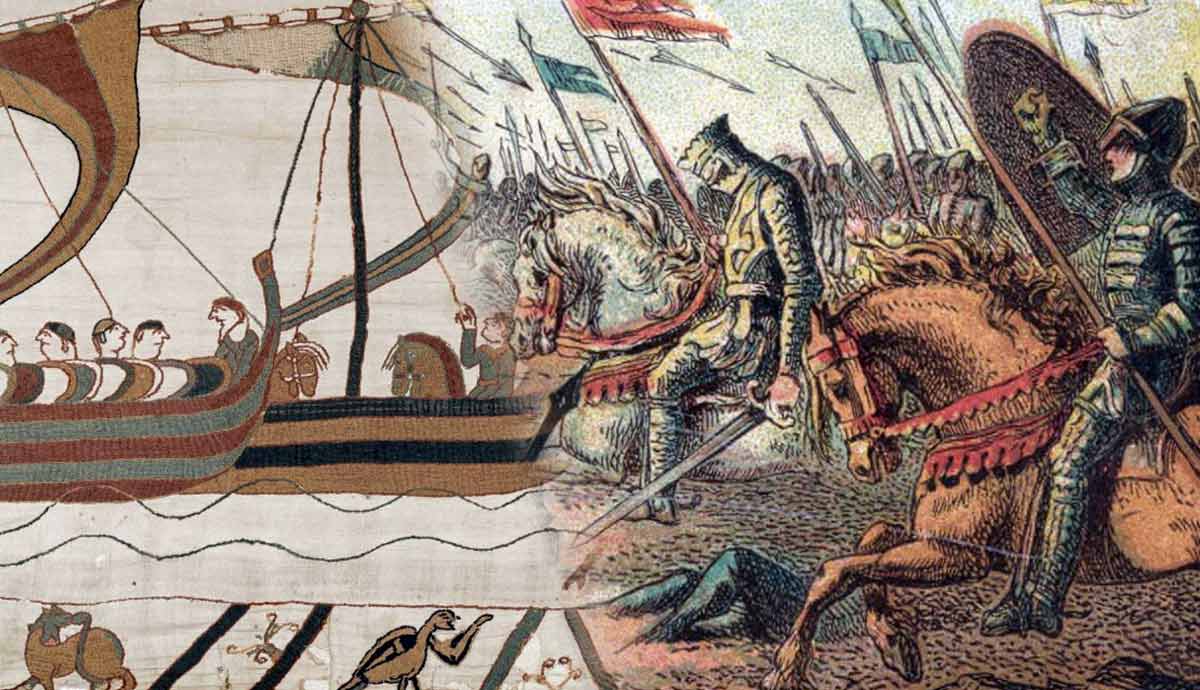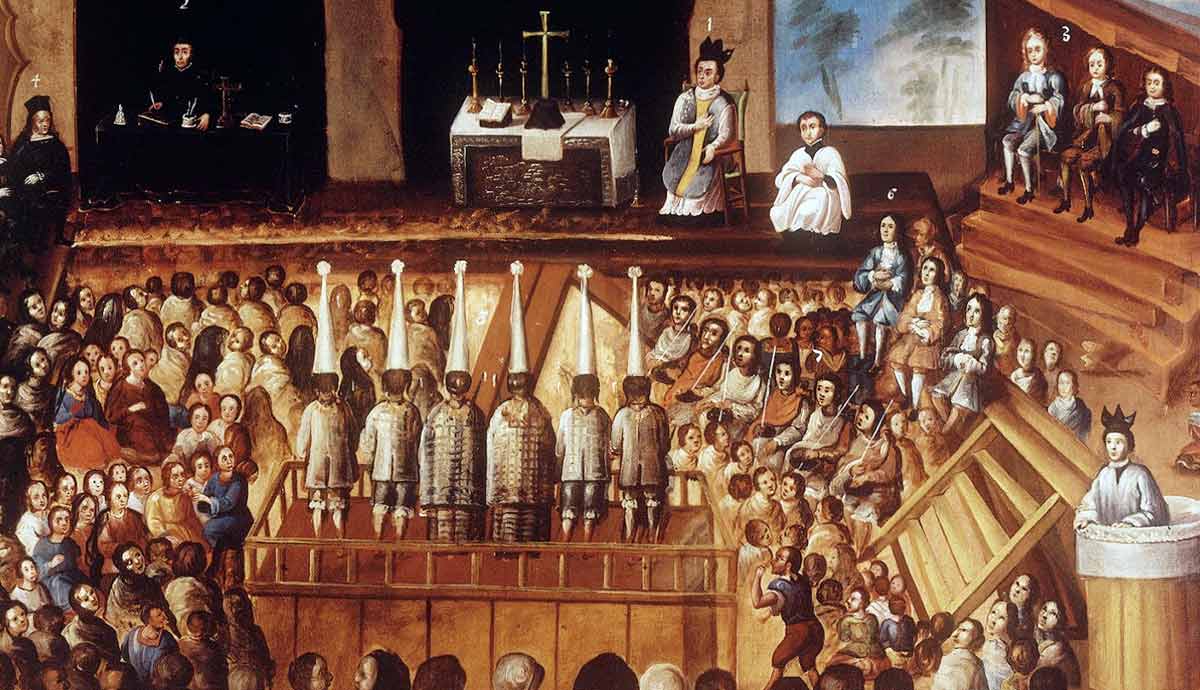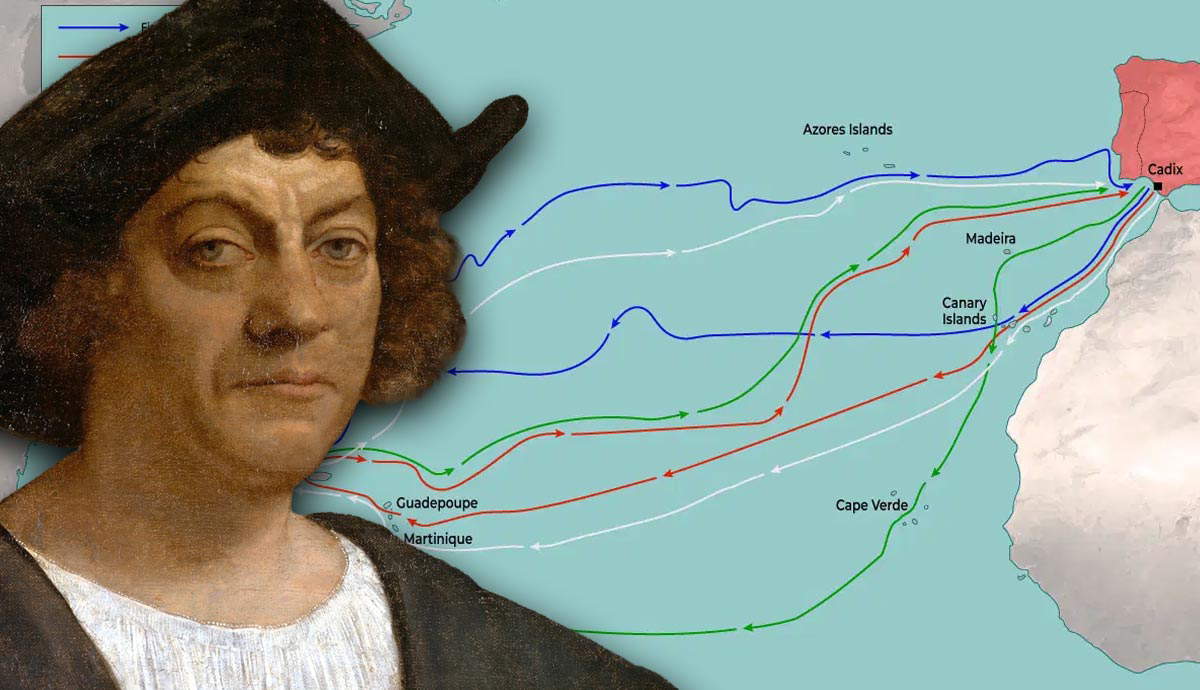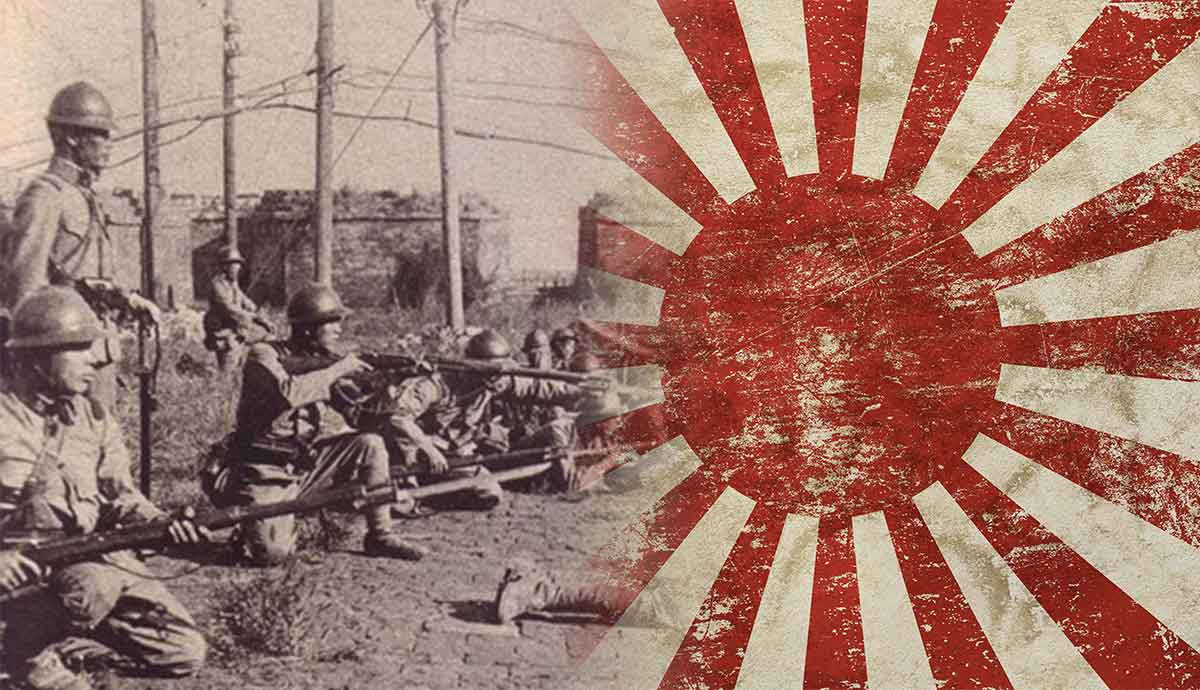
In the years after the American Revolutionary War, the new nation was plagued with a weak economy and a lack of centralized authority. Many farmers were deeply in debt, and hostilities erupted between debtors and creditors (lenders) in Massachusetts. A rebellion broke out, led by Revolutionary War veteran Daniel Shays. Farmers began using mob rule to intimidate creditors and tax collectors and even vote out debtor laws. When local militias were mobilized to suppress the rebellion, they sided with the farmers! States lacked the power to put down Shays’ Rebellion, sparking fears that the entire republic could be overthrown. In the end, the panic caused by Shays’ Rebellion led to a new governing system for the United States.
Setting the Stage: Taxation Without Representation

In 1765, Britain passed the Stamp Act to require residents of the Thirteen Colonies to pay taxes on printed paper. The Act was in response to the high costs incurred during the French and Indian War (1754-63), which was the North American front of the Seven Years’ War. Colonists erupted in outrage over the Stamp Act being imposed without the colonies having any representation in Congress. A “Stamp Act Congress” met in New York, where representatives from a majority of the colonies declared that Parliament had no right to impose “taxation without representation.” This became one of the major rallying cries leading to the American Revolutionary War.
Unfortunately, neither King George III nor Parliament listened to the colonists’ demands, and further taxes were imposed without political representation granted to the colonies. In 1767, a tea tax was created as part of the Townshend Revenue Act. Six years later, the Tea Act of 1773 granted a monopoly on tea to the British East India Company, undercutting local producers in the colonies. This was viewed as economic abuse and sparked the Boston Tea Party protest, where, on December 16, 1773, men boarded company ships and dumped over 300 chests of tea into the harbor. Thus, taxation and perceived economic abuse by elites were a sore spot for many American citizens.
Setting the Stage: The American Revolutionary War

War erupted soon after the Boston Tea Party, with the first shots of the American Revolutionary War fired at Lexington and Concord, Massachusetts on April 19, 1775. The war lasted for six years, only concluding with the unexpected British loss at Yorktown in 1781. Economically, the war was difficult for the United States, which lost most battles and had most major cities seized by the British at various points in the conflict. Additionally, the war meant the loss of trade with America’s largest foreign trading partner: Britain itself. Many wealthier Americans were loyalists who fled the colonies to Canada or England, reducing the nation’s wealth.
The new United States was mired in war debt, much of which was owed to allies like France and the Netherlands. As a result of colonial anger over taxation, taxes had not been raised significantly to finance the war. Only after the end of the war, which was formalized with the Treaty of Paris in 1783, did Congress attempt to raise taxes. The economic situation was poor, and by 1785 the US had defaulted on debt payments to France. Only the Dutch investors were faithfully repaid, as they were seen as the most likely sources of future loans to the fledgling United States.
Post-War Conditions: Early America Struggles

The new United States ended the war with a Congress, but no executive or supreme court, under the Articles of Confederation. This first governing document was great at providing for freedom and liberty but ineffective at providing for law and order. Fitting with Americans’ disdain for taxation, there was no authority for the (tiny) central government to tax citizens or compel money from the states. The states, not unexpectedly, did not want to give money to the central government, leaving it with no power.
States could choose to suspend trade with each other under the Articles and made interstate trade difficult by creating their own currency. Attempts by Congress to get states to work with each other typically failed, as states often did not respond to any requests by the small legislature. Delegates to Congress often did not take their duties seriously, as almost all governing power rested with the states. Frequently, not enough congressmen were present for a quorum (necessary amount) to operate; nine of the thirteen had to be present to conduct business (each state receiving one delegate, regardless of state population).
Farmers in Debt in the 1780s

Most Americans were farmers in the 1780s, as the Industrial Revolution had barely begun in Britain. Wartime conditions had been difficult, as both the British Redcoats and the American Continental Army had requisitioned food from local farmers. The steep decline in international trade had reduced economic opportunities for farmers to sell their crops. In 1784, Spain closed Mississippi River access to American businesses. Many farmers had to borrow money, typically from wealthy merchants, to remain in operation.
Burdened with rising taxes from states trying to pay off their war debts, farmers demanded lower taxes and stay laws to temporarily end foreclosures of their properties. Creditors opposed this and often persuaded state legislatures not to pass stay laws, allowing indebted farmers’ properties to be foreclosed on. Those who could not pay their debts could also be thrown into debtors’ prisons. Tensions soared, with farmers on one side and creditors and state legislatures on the other.
The Rebellion Erupts in Massachusetts

Tensions reached a boiling point by 1786. Many farmers simply had no money, and much business was conducted in barter. Merchants and government officials in Boston had little sympathy for the farmers and demanded all debts be paid immediately in currency. When payment could not be made, arrests and foreclosures began. Farmers in small towns attempted legislative reform, but the state legislature in Boston largely ignored their proposals. A rural versus urban cultural crisis was brewing, intensifying farmers’ anger.
On August 29, 1786, a large group of armed protesters arrived at the Court of Common Pleas in Northampton, Massachusetts. Mostly farmers, they were led by Joseph Hines. There were many grievances, ranging from high taxes to nonpayment of war veterans. The protesters seized the courthouse to prevent it from conducting business. By seizing the court, the protesters could use mob rule to prevent foreclosures and the seizure of debtors’ assets. Despite an appeal by Governor James Bowdoin for local authorities to stop such uprisings, they continued, with Daniel Shays becoming their primary leader.
The Leader: Daniel Shays

Born in 1747, Daniel Shays joined the Massachusetts colonial militia as a young man. In 1772, upon getting married, he set up his own farm. During the Revolutionary War, Shays was promoted to the officer ranks and participated in several military campaigns against the British. In 1780, he was personally selected by Continental Army commander George Washington to guard famous British prisoner John André, head of the Secret Service, who had conspired with American general Benedict Arnold to defect. Shays left the Army at the end of that year.
After the Revolutionary War, Shays suffered a poor financial situation, similar to many others. One grievance was that he had not been fully compensated for his wartime service. Famously, he had to sell a ceremonial sword given to him by the Marquis de Lafayette, a French general during the Revolutionary War, to raise money. Shays also had to sell over half his land. In 1786, he was sued for unpaid debts. He began to join with the Regulators: armed men who prevented courts from conducting business. However, instead of being an aggressive leader, he tried to prevent violence by negotiating on their behalf.
Shays’ Rebellion Spreads

Over the next six months, the Regulator-led uprisings continued across Massachusetts. Attempts to stop them with local militias failed because the militias sympathized with the protesters, often joining their ranks. Shays’ Rebellion was largely successful in suspending the operation of debtors’ courts in the autumn of 1786, with many ending their terms. Prominent national figures like retired general George Washington were alarmed at the “snowballing” of support for the Regulators.
With most other states suffering from economic conditions similar to Massachusetts, there was concern that Shays’ Rebellion could sweep the nation. Although many sympathized with the plight of the debtors, suspension of the rights of creditors could destroy the economic system by preventing future credit from being issued. There was also the threat of ignoring rule of law: if the Regulators were allowed to continue, it would likely incentivize future violent uprisings. By December 1786, Governor James Bowdoin of Massachusetts knew he needed to act forcefully.
The Rebellion is Quelled by a Private Army

Using local militias had failed to quell Shays’ Rebellion because most militiamen sympathized with the mob. Thus, in January 1787, Governor Bowdoin hired a private army of some 4,400 men led by Revolutionary War General Benjamin Lincoln. Shays avoided Lincoln’s army and instead planned to seize the new federal armory at Springfield, Massachusetts. On January 25, 1787, Shays led some 2,000 farmers toward the Springfield Armory, expecting little resistance by defenders who would – like the local militias previously – be sympathetic to their cause.

Instead, the armory soldiers responded with force, firing artillery at Shays’ men. Surprised, Shays’ farmers fled and were pursued by Lincoln’s soldiers. Days later, they were surrounded and captured during a snowstorm. Although many of the Regulators were sentenced to hang, new Massachusetts Governor John Hancock (of Declaration of Independence signature fame) granted a last-minute reprieve. Participants in Shays’ Rebellion received a pardon, and the economy eventually improved.
The Aftermath: Calling the Constitutional Convention of 1787

Shays’ Rebellion is often considered the watershed moment that convinced national leaders that the Articles of Confederation needed reform. The lack of a central authority had led to such conditions that a ragtag army of farmers had almost overthrown a state government! In February 1787, a convention was called for. Delegates from twelve of the thirteen states met in Philadelphia during that summer to reform the Articles of Confederation. Upon gathering, the delegates voted former General George Washington to be the president of the convention, reinforcing the notion that reforms needed to include law, order, and discipline.
To prevent future uprisings from succeeding, several reforms were made in what quickly became the brand-new Constitution of 1787. First, the nation would have a chief executive who would exercise control over the military. Secondly, the central government (Congress) would be able to levy taxes, thus being able to fund a military. Third, Congress would be able to regulate trade among the states, ensuring that trade flourished and no states would be economically isolated from the others. In the preamble of the Constitution, it was explicitly stated that the central government would “provide for the common defense” and “promote the general welfare.”
